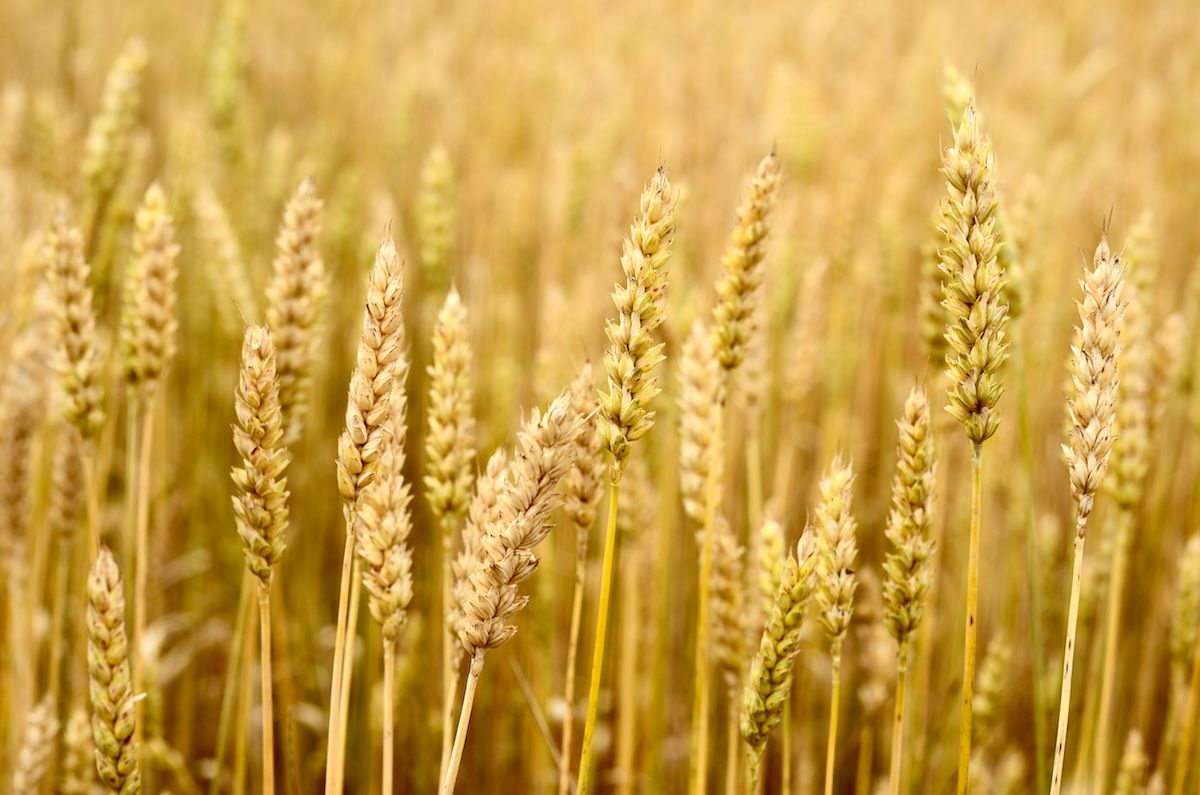- BY Susan Tucker
- POSTED IN Celiac Disease Diagnosis, Information
- WITH 0 COMMENTS
- PERMALINK
- STANDARD POST TYPE

Awareness of food allergies is on the rise and wheat allergy is at the top of the list. The availability of wheat free food products makes dealing with an allergy to wheat more manageable. How do you know if you have an allergy to wheat products? Know the symptoms of an allergy to wheat.
Wheat Allergy Symptoms? Here’s What to Look For
According to the Mayo Clinic small children with wheat allergy symptoms often outgrow to allergy by 5 years of age. However, anyone showing allergic symptoms to wheat must be carefully watched for severe and life threatening level symptoms. Symptoms will develop minutes to hours after ingestion of wheat. Severe allergy symptoms must be treated as an emergency and call 911.
Allergy Symptoms associated with a reaction to wheat
Mild allergic symptoms:
- Red, itchy, watery, irritated eyes
- Runny or stuffy nose or nasal passages
- Hives, rash or itchy skin
- Headache
Major allergic symptoms:
- Itching, sore throat
- Difficulty breathing
- Intestinal complications such as nausea, vomiting, cramps, diarrhea
The most severe reaction to a wheat allergen is Anaphylaxis. Anaphylaxis includes the above major symptoms but is much more severe. This is a medical emergency and call 911 or visit an emergency room.
- Blue lips or pale skin
- Trouble breathing and swallowing with chest tightening
- Rapid heartbeat
- Sweating profusely
- Light headed or loss of consciousness.
Ways to deal with a wheat allergy
- Read food labels. The Food Allergen Labeling and Consumer Protection Act (FALCPA) requires that manufacturers label all foods which may contain wheat. It is important to know that a wheat ingredient on a label is not always obvious. When you have a wheat or other food allergy educate yourself to the labeling on food packaging.
- See your doctor or allergist. A prescription for an epinephrine injection pen to carry at all times is usually prescribed for severe allergy sufferers.
- Use antihistamines or corticosteroids as needed for minor symptoms.
Once you are familiar with the symptoms, ways to avoid, and treat wheat allergy your allergy symptoms are in controllable and less complicated. Wheat allergy sufferers are able to deal with the ailment once they know what to look for and what to do when exposure happens.
Disclaimer: This information is not intended to treat, diagnose, cure or prevent any disease. All material provided on this Site is provided for information purposes only. Always seek the advice of your physician or other qualified health care provider with any questions you have regarding a medical condition, before undertaking any diet, exercise, other health program, or other procedure set out on this Site.


